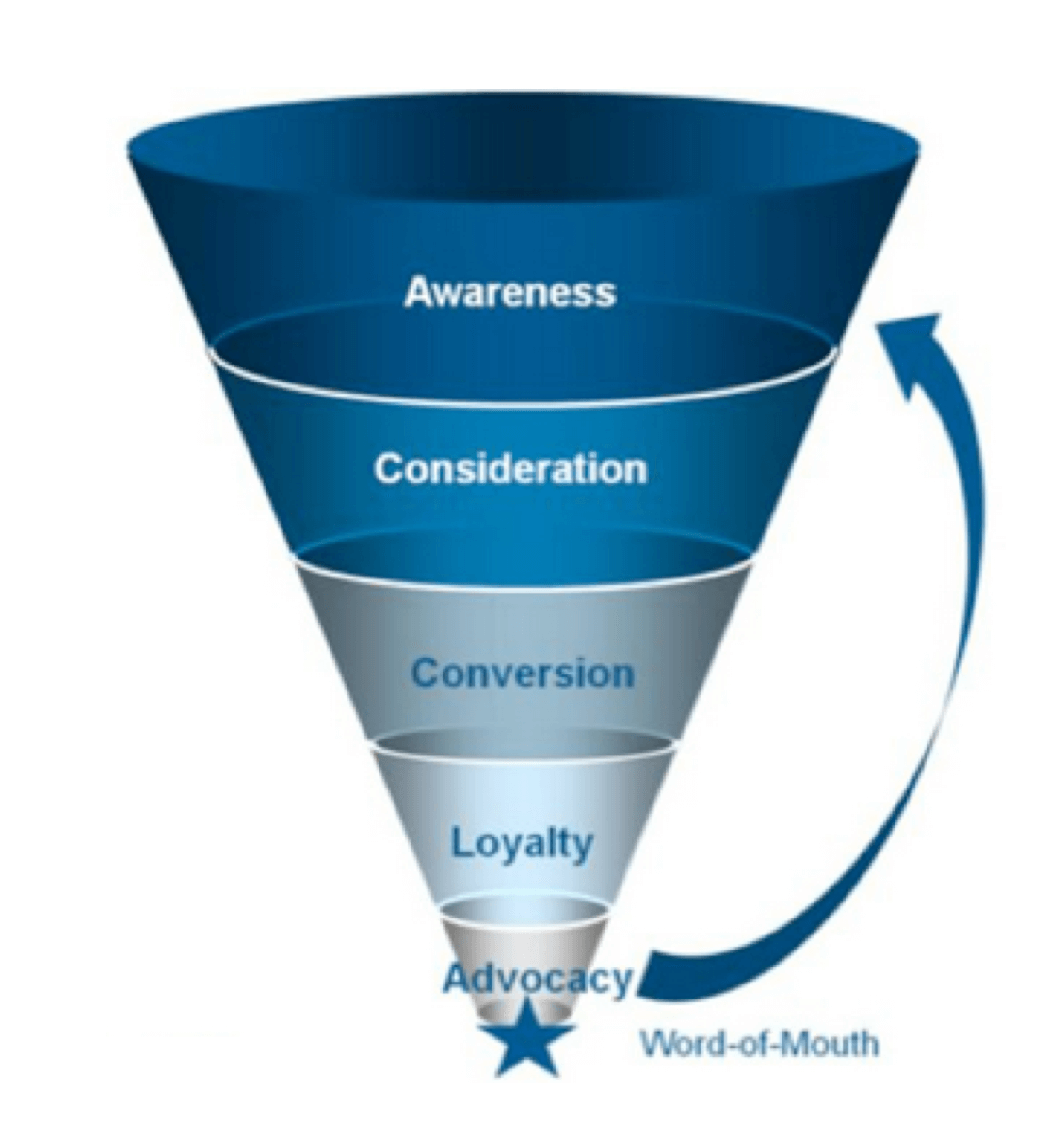Direct Marketing 101: Learning The Lingo
Stephen Motter DRTV, Digital Direct Marketing, Direct Mail, Email Marketing, Health Care Marketing, Medicare Marketing, Response Marketing, DM LiteWhat’s de rigueur at DMW might be gibberish or jargon to you. Let’s get on the same page with some most-often-used direct marketing terms.
My wife and I were watching TV the other night and I nearly jumped off the couch during a particular pharmaceutical commercial …
“Look, there’s a typo in the phone bar disclaimer!”
“What?” my wife says perplexed.
“Look! It’s right there in the PHONE BAR.”
“WHAT ARE YOU TALKING ABOUT?” she exclaims.
We ended up talking about phone bars for way too long, and how they’re NOT “places you go to talk on the phone while knocking back a beer” but rather a standard element in direct response TV, aka “DRTV.”
After our conversation, I concluded that DM (direct marketing) terminology is a foreign language to most folks. So, obviously a blog post is needed as a public service. And here we are.
Probably the most-used term — DM — just happens to mean two different things: Direct Mail OR Direct Marketing.
Shop talk cuts to the chase!
At DMW, we throw around a lot of terms, phrases, and acronyms among clients and colleagues and that’s good. It lets us dive right in to the issue at hand, just like the shop talk of any other discipline.
But this all goes out the window when we’re chatting with a prospect or industry category that lies even a little bit beyond our bread and butter. It could be the marketing team who’s never done direct marketing … a seasoned direct marketer who’s new to the peculiarities of Medicare … or perhaps just a friend or family member, like my wife.
Direct Marketing on our own terms.
There are many, MANY highly specific terms used at DMW, every day. Enough to warrant exhaustive, regularly updated primers that we share with clients. So no worries if all our DM lingo doesn’t readily sink in … or if we miss a few of your faves. We don’t have to unpack everything today. And there’s no quiz at the end.
Let’s take a look at some biggies, broken out by department that might be in that fuzzy “phone bar” realm for some readers. Note: lots of these terms are shared among disciplines.
 There it is! The mainstay of DRTV, the “phone bar” contains all the contact information you need, prominent throughout the entire spot (aka “TV commercial”).
There it is! The mainstay of DRTV, the “phone bar” contains all the contact information you need, prominent throughout the entire spot (aka “TV commercial”).
TV
DRTV: Direct Response Television. Commercials often :60 seconds, even two minutes long with the objective of getting you to call or click — as you watch — beyond just remembering or liking a brand. Check out the DMW YouTube Channel to see our work in action!
Dayparts: Used in DRTV media planning to indicate blocks of time such as Early Afternoon 12pm-3pm, instead of the more expensive option of buying a spot specifically on, say, Family Feud, which may air at 1:30pm.
Super: Refers to the words or text that appear on screen: a staple in a DRTV commercial or infomercial where seeing benefits and features helps the viewer “get” a product or service’s selling points.
VO, or Voiceover: The script in a TV spot, when the person speaking is off-screen. Often the brand or product spokesperson.
Spokesperson: The “presenter” in a TV spot, distinct from the other actors or “talent” in the spot. This entity may be human … Jennifer Aniston for Aveno … or reptilian, e.g., the GEICO gecko.
Master Dub: The copy of the master tape, used for editing in the various 800 numbers and web addresses (sometimes running into the hundreds) for tracking performance by TV station/network.
End Tag: The CTA (call to action) of the spot, which may be simply “Call Now! 1-800-123-4567.”
Cutdown: Making shorter-length spots from longer ones, i.e., cutting a 30-second or 60-second down from a :120. (“Eek,” you may say. But yes, DRTV spots do run up to two minutes long. And those longer ones often out-perform short lengths.)

DIGITAL
CTR, or Click-Through Rate: The percentage of your audience that advances (or “clicks through”) from an online ad or email to the next step of your marketing campaign, a URL such as a Landing Page.
URL, or Uniform Resource Locator: A frequent crossword puzzle answer, conversationally referred to as a web address or web page. Seen as a long string of characters often starting with http://.
Landing Page: A URL created specifically for a marketing or ad campaign designed to spare consumers from being dropped onto a general website home page after clicking through from an ad and then having to hunt and peck their way around to find the specific offer promised in the upfront ad.
Conversion Rate: The percentage of people who complete a desired action on a single web page, such as filling out a form or downloading an asset.
CPL, or Cost Per Lead: The amount it costs your marketing organization to acquire a lead.
TOFU, or Top of the Funnel: The very first stage of the buying process, referring to the …
Sales Funnel: A ‘word picture’ metaphor of a consumer’s buying process, more broadly called the …
Customer Journey: The steps or phases a consumer moves through, from Awareness through Consideration to Conversion (sale).
PPC, or Pay Per Click: An advertising payment option where an advertiser places an ad in an advertising venue (like Google AdWords or Facebook), and pays that venue each time a visitor clicks on the ad, rather than a one-time placement charge.
KPI, or Key Performance Indicator: A type of performance measurement used to evaluate the success of a marketing tactic or campaign. Examples include CRR and CPL.

DIRECT MAIL AND PRINT
DM: Probably the most-used term, and it just happens to mean two different things … Direct Mail OR Direct Marketing.
OE: An Outside Envelope of a mailing package or kit. Similar to BRE, Business Reply Envelope.
Johnson Box: A short message — 3 or 4 lines of text — visually called out at the top of a direct mail letter. Meant to grab attention and entice further reading, when the benefits call for more than a short headline.
Response Rate (RR): The number of responses to an offer divided by the total number of people who received the offer. Generally stated for example, “That mailing generated an X percent response.”
Buckslip: A small front-and-back printed insert in a DM package (typically an envelope (OE), letter, buckslip) that contains a specific sales offer or marketing message, when a longer folded multipanel brochure isn’t called for. May be used in addition to a brochure to call out an offer, response deadline, or other special feature.
FSI, or Free Standing Insert: A flyer, special coupon, or mailer of advertisement distributed by being inserted, but not bound or attached, inside a publication.
When it comes to Medicare direct marketing, DMW pioneered the “Pre-Heat” strategy and has it down to an absolute science!
GENERAL TERMINOLOGY
Includes terms important to DMW’s client base
List Brokerage: An organization that specializes in selecting mailing lists and coordinating the procurement of mailing lists.
Pro Forma: Financial reports based on hypothetical “what if” scenarios using assumptions or financial projections to aid in evaluating marketing program proposals.
AEP: Annual Enrollment/Election Period for Medicare, a government-mandated period for health plans to advertise, usually mid-October until early December.
SEP: Special Enrollment Period for Medicare, offered to individuals in special circumstances, such as turning age 65, moving outside their plan’s geographic area, as well as other events, such as being recently released from prison.
CMS: Centers for Medicare & Medicaid Services, the government entity that oversees the Medicare program. Nearly all of DMW Medicare-specific creative requires CMS approval to run in market.
Pre-Heat: In the Medicare marketing world, this is a critical marketing period where certain messaging is permitted before the CMS-specified AEP marketing window, i.e., we are preheating the market. DMW pioneered this strategy and has it down to an absolute science!
SNP: A Special Needs Plan; a type of Medicare Advantage Plan (like an HMO or PPO). Medicare SNPs limit membership to people with specific diseases or other characteristics.
Have YOU had a “phone bar” moment? Let’s talk.
We’re here to help. More than understanding all the lingo, the slang, the patois — we’re here to help define your next multichannel, go-to-market (GTM) strategy, plus drive leads and conversions, and grow your market share!
(Oh, and let’s close with a strong “CTA” …)
Contact DMW today for your no-obligation consultation.
*Source: SmallBizGenius